Jordan’s rose-red city of Petra rightfully claims its place among the world’s most spectacular archaeological sites, yet this remarkable kingdom offers countless experiences that extend far beyond its most famous attraction. From desert castles that rival any fairy tale to coral reefs that compete with tropical destinations, Jordan packs incredible diversity into a territory smaller than many U.S. states. The country’s position at the crossroads of Africa, Asia, and Europe has created a unique cultural blend that manifests in everything from ancient Roman theaters to Bedouin traditions that continue unchanged after thousands of years.
These alternative destinations reveal Jordan’s surprising variety while often providing more intimate encounters with local culture and natural wonders than the crowds at Petra allow. Here is a list of 16 experiences that showcase the kingdom’s hidden depths.
Wadi Rum’s Martian Landscapes
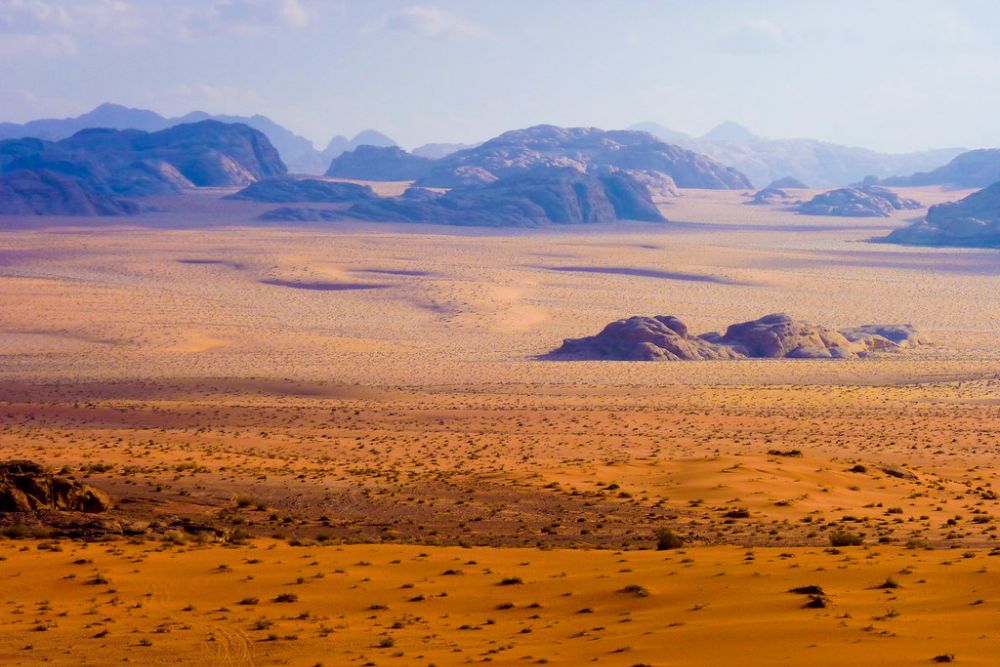
This protected desert wilderness creates an otherworldly environment of sandstone mountains, natural arches, and red sand valleys that NASA has used to simulate Mars missions. Bedouin guides lead camel treks and jeep expeditions through landscapes where Lawrence of Arabia planned his desert campaigns, while rock formations sculpted by millennia of wind erosion create natural sculptures on an enormous scale.
Camping under star-filled skies unmarred by light pollution provides one of the world’s finest stargazing experiences.
Aqaba’s Red Sea Diving

Jordan’s only seaport offers access to coral reefs that rank among the Red Sea’s healthiest, supporting marine biodiversity that includes species found nowhere else on Earth. The Gulf of Aqaba’s unique geography creates ideal conditions for coral growth, while the kingdom’s commitment to marine conservation has kept the reefs largely pristine.
Shore diving allows easy access to walls of coral that drop into impossibly blue depths, where encounters with sea turtles, reef sharks, and schools of tropical fish occur regularly.
Like Travel Pug’s content? Follow us on MSN.
Jerash’s Roman Grandeur
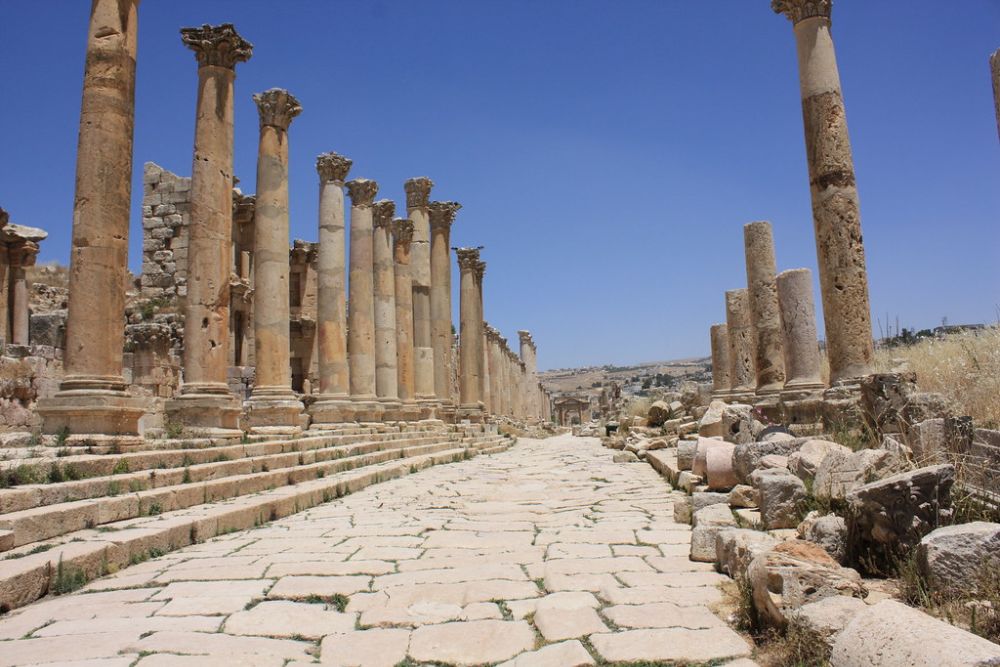
This remarkably preserved Roman city showcases imperial architecture that rivals Rome itself, with colonnaded streets, amphitheaters, and temples that transport visitors directly into ancient urban life. The city’s oval plaza represents unique Roman urban planning, while the acoustics in the South Theater still allow whispered conversations on stage to reach the highest seats.
Regular cultural festivals bring the ancient stones to life with traditional music and performances that echo how these spaces functioned 2,000 years ago.
Dead Sea’s Therapeutic Waters
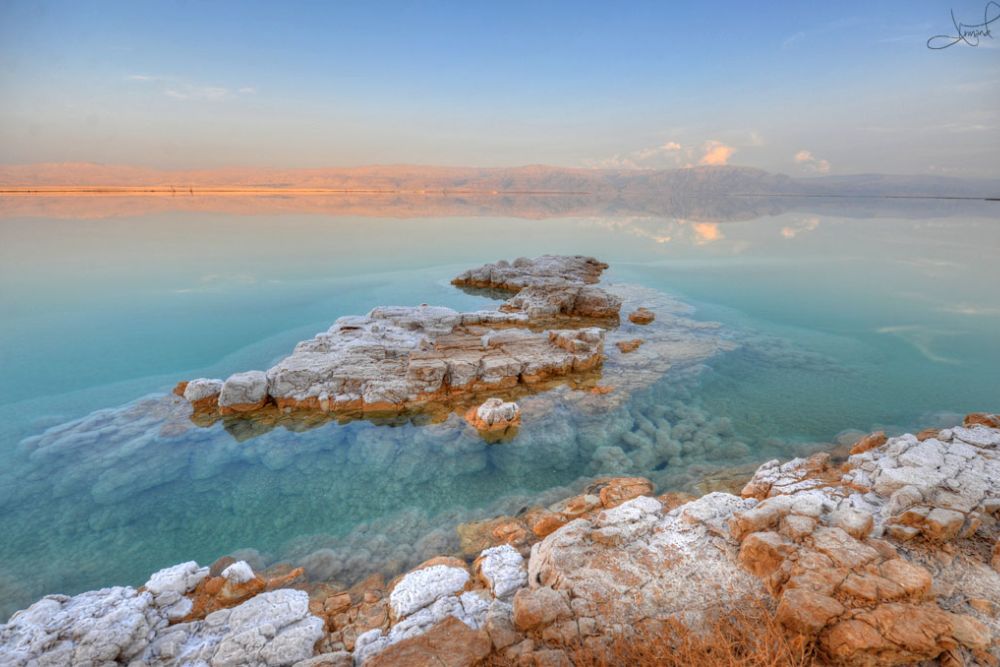
The world’s lowest point on land creates a unique environment where salt concentrations reach 34 percent, making floating effortless, while mineral-rich mud provides natural spa treatments. The sea’s rapidly dropping water level creates an ever-changing landscape of salt formations and sinkholes that demonstrate environmental change in real-time.
Luxury resorts along the Jordanian shore provide comfortable access to the therapeutic experience, while the surrounding desert landscape creates dramatic sunset backdrops.
Dana Biosphere Reserve’s Biodiversity
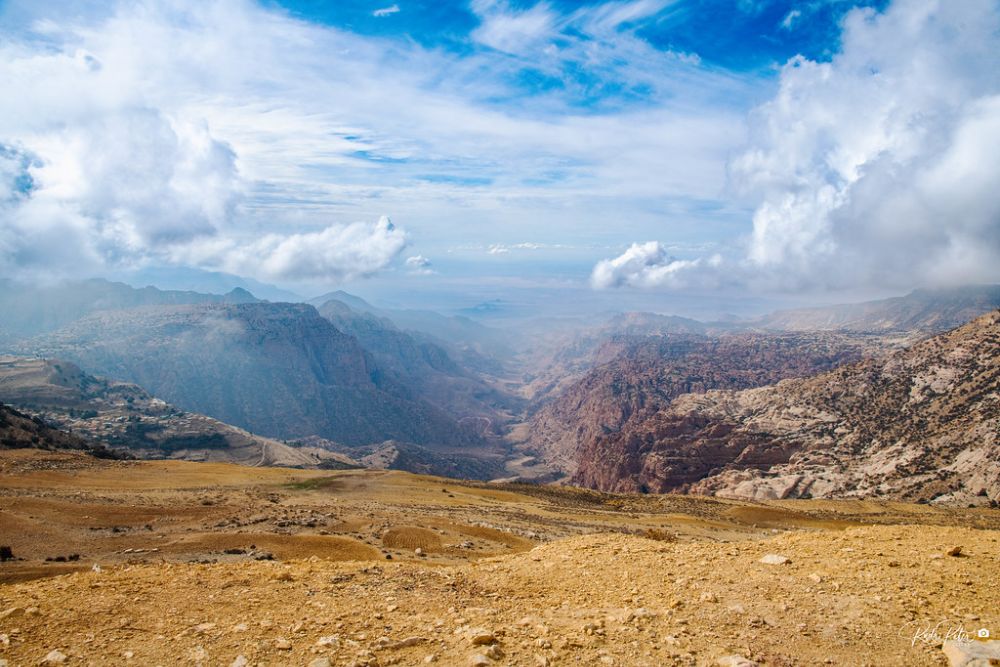
This expansive protected area encompasses four distinct climate zones, from Mediterranean woodlands to arid desert, supporting wildlife diversity unmatched elsewhere in the Middle East. The reserve’s copper mines operated continuously from the Bronze Age through the Ottoman period, leaving archaeological remains scattered throughout its pristine wilderness areas.
Hiking trails range from easy nature walks to challenging treks that traverse the entire reserve, often ending at viewpoints overlooking the Great Rift Valley.
Like Travel Pug’s content? Follow us on MSN.
Amman’s Ancient and Modern Blend
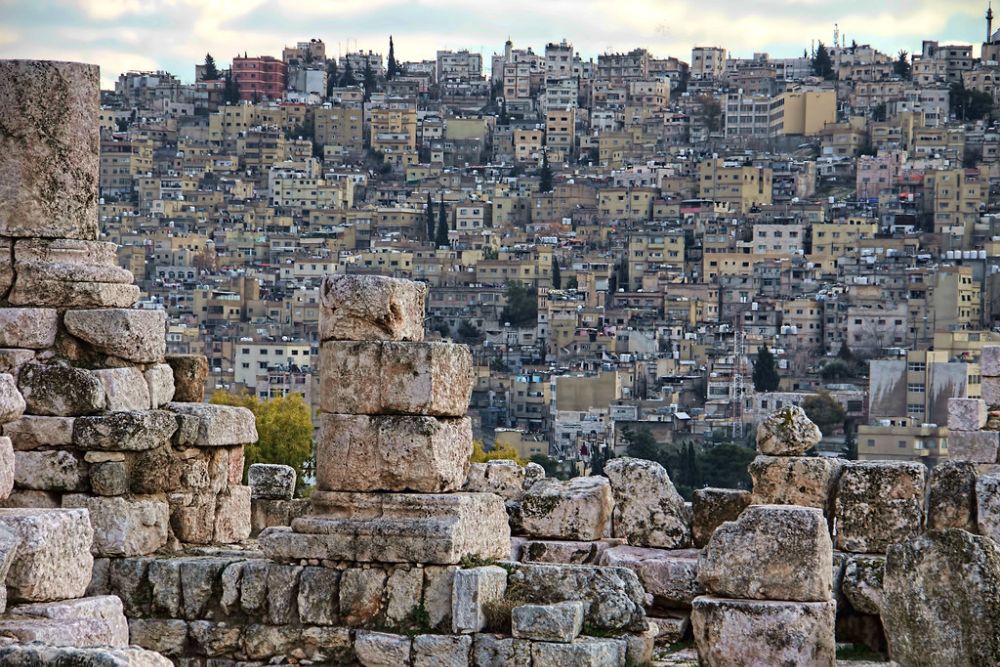
Jordan’s capital seamlessly integrates Roman ruins with contemporary Middle Eastern urban life, where ancient amphitheaters host modern concerts while traditional markets sell everything from spices to smartphones. The city’s seven hills create distinct neighborhoods, each with its own character, ranging from upscale modern districts to traditional areas where craftsmen practice trades unchanged for generations.
Local restaurants serve both international cuisine and traditional dishes like mansaf—Jordan’s national dish of lamb cooked in fermented yogurt sauce.
Karak Castle’s Crusader History
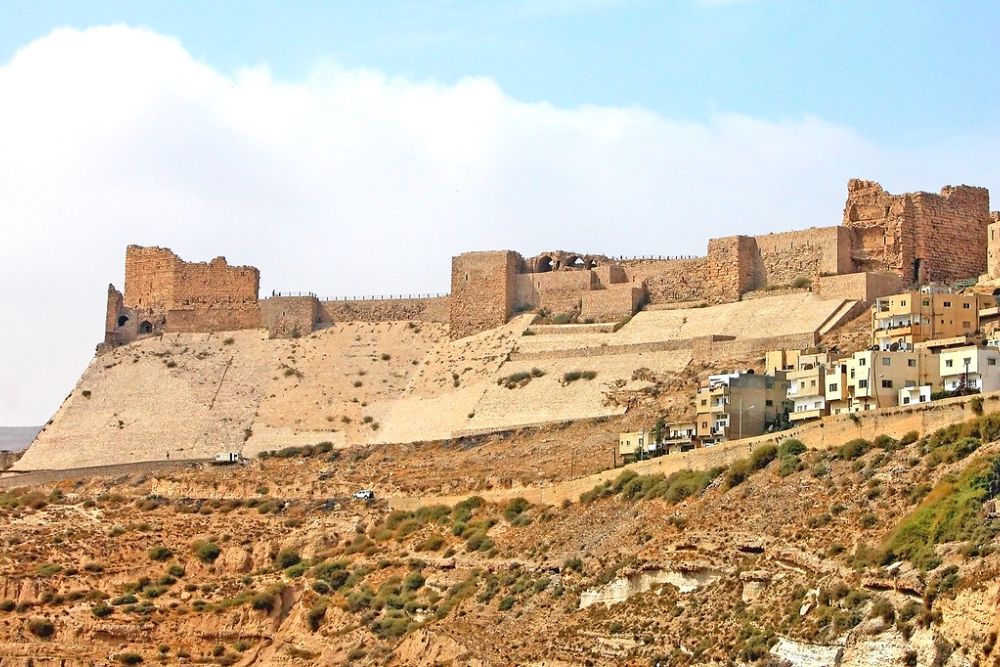
This massive fortress built by Crusader knights dominates the landscape south of Amman, showcasing military architecture designed to control the ancient King’s Highway trade route. The castle’s tunnels and chambers create a maze-like interior where visitors can explore everything from royal apartments to dungeons, while arrow slits and overhead defense ports demonstrate medieval defensive strategies.
The surrounding town maintains traditional stone architecture that blends seamlessly with the fortress walls.
Azraq Oasis’s Desert Spring
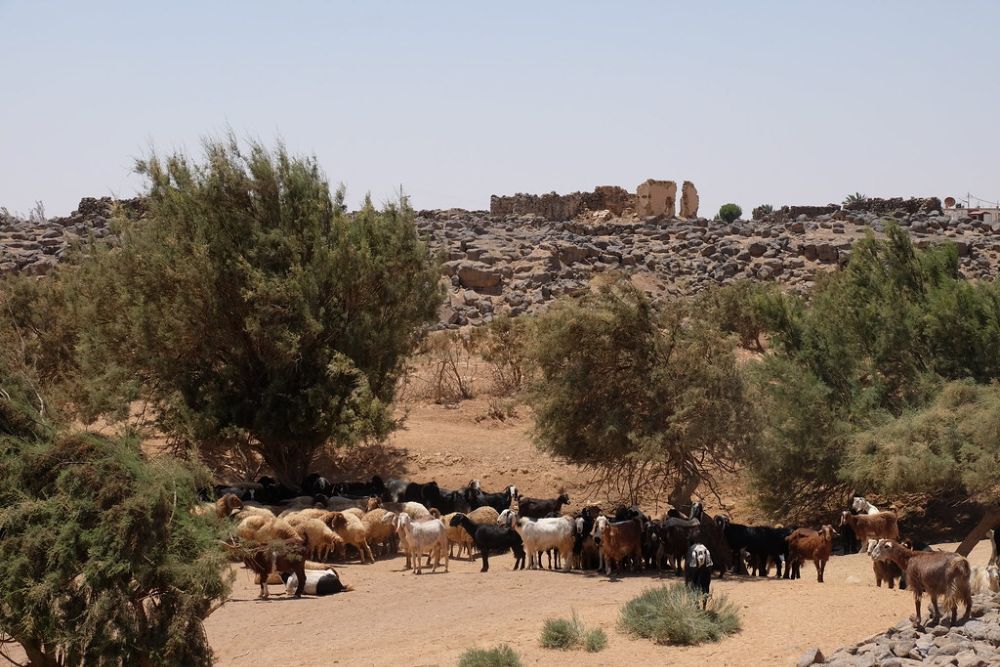
This natural wetland in Jordan’s eastern desert has supported human settlement for thousands of years, creating a green sanctuary where migratory birds rest during their journeys between Europe and Africa. The oasis’s pools maintain constant temperatures year-round, fed by underground springs that once supported a much larger wetland ecosystem.
Archaeological evidence shows continuous human habitation dating back to Paleolithic times, while modern conservation efforts attempt to restore the oasis’s diminished water levels.
Like Travel Pug’s content? Follow us on MSN.
Umm Qais’s Panoramic Views
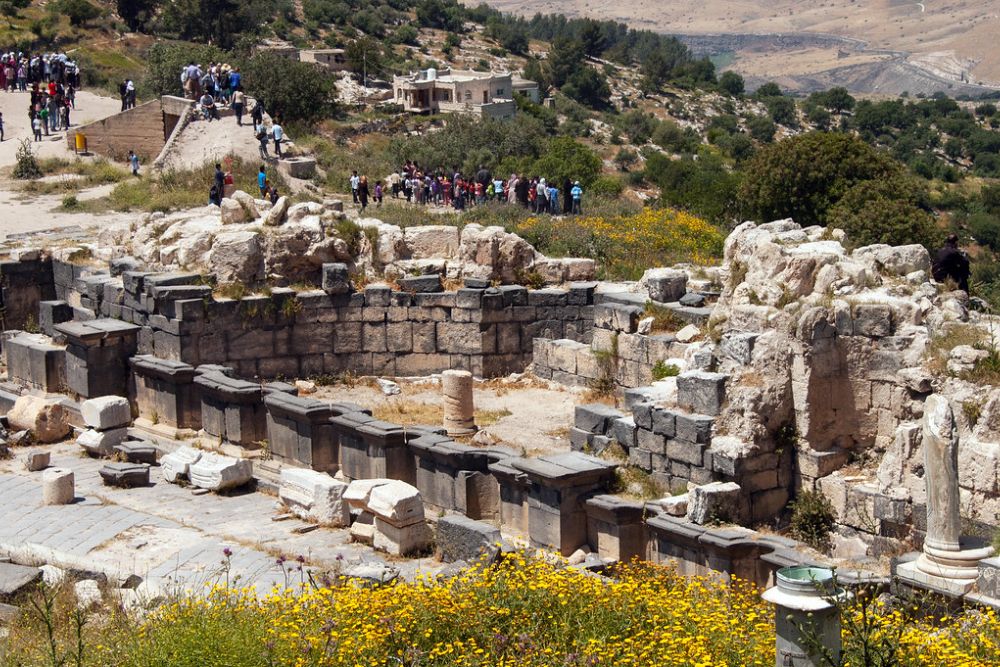
The ruins of ancient Gadara sit atop a hill overlooking the Jordan Valley, Sea of Galilee, and Golan Heights, creating one of the region’s most spectacular archaeological sites with breathtaking natural backdrops. This Greco-Roman city produced famous philosophers and writers, while its theaters and colonnades demonstrate the sophisticated urban planning that characterized ancient Decapolis cities.
The site’s museum houses artifacts that tell the story of continuous occupation from ancient times through the Ottoman period.
Wadi Mujib’s Adventure Canyoning
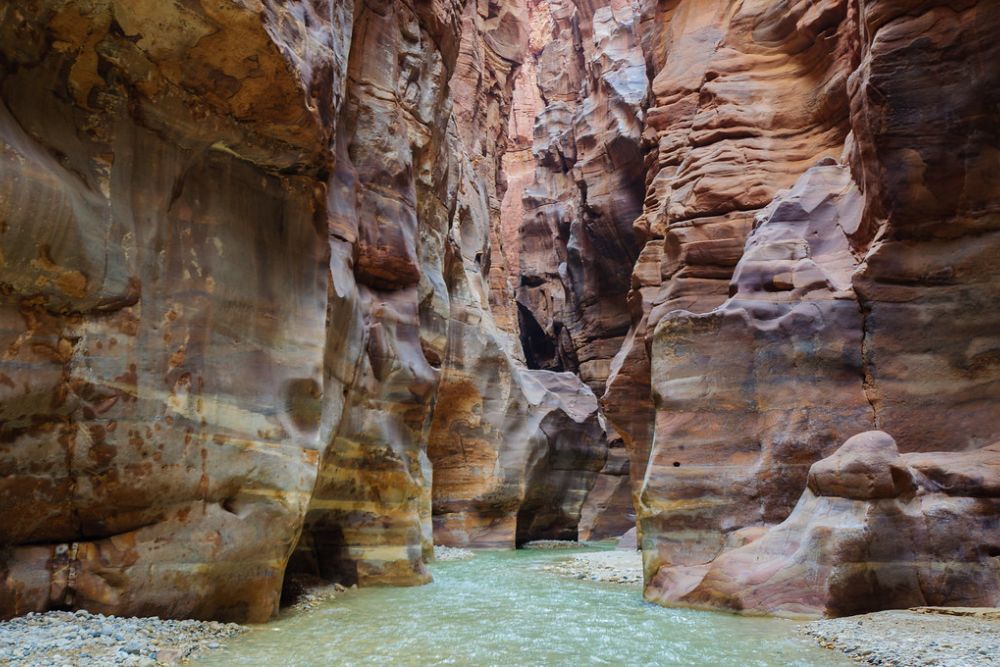
Known as Jordan’s Grand Canyon, this dramatic gorge carved by the Mujib River creates opportunities for water-based adventure activities unmatched elsewhere in the region. The canyon’s towering walls create microclimates that support unique plant and animal life, while seasonal waterfalls provide natural water slides and swimming holes.
Guided canyoning trips require swimming and scrambling through narrow passages, creating adventure experiences that combine natural beauty with physical challenge.
Ajloun Forest Reserve’s Green Mountains
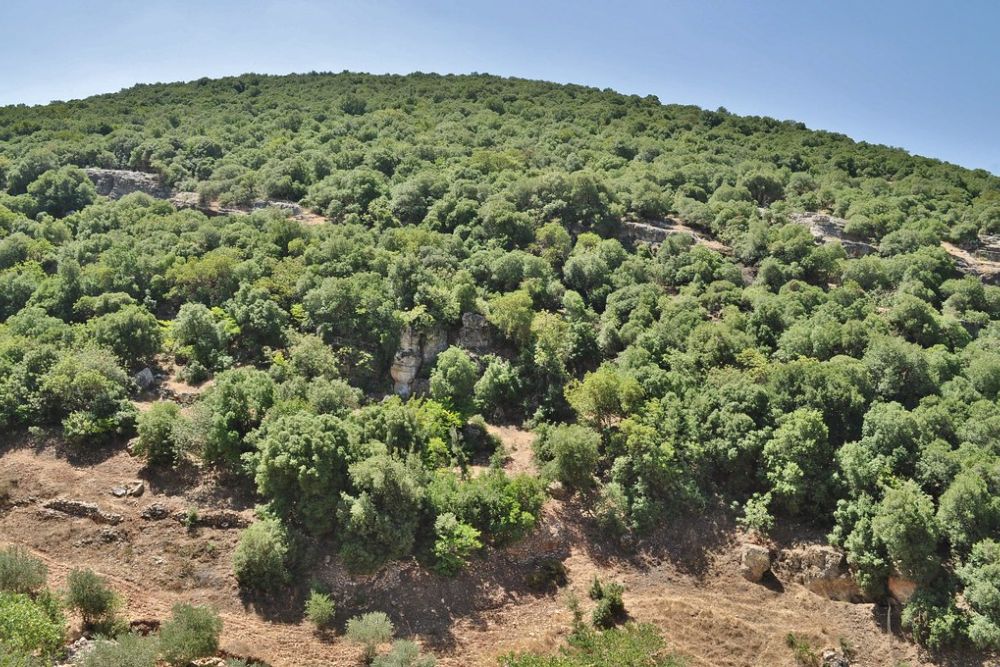
This protected woodland area preserves the oak and pine forests that once covered much of the Levant, creating hiking opportunities through landscapes that feel more like Europe than the Middle East. The reserve’s elevation creates cooler temperatures year-round, while its diverse ecosystems support wildlife, including wild boar, stone martens, and over 100 bird species.
Traditional villages within the reserve maintain agricultural practices and crafts that demonstrate sustainable living techniques developed over centuries.
Like Travel Pug’s content? Follow us on MSN.
Salt’s Ottoman Architecture
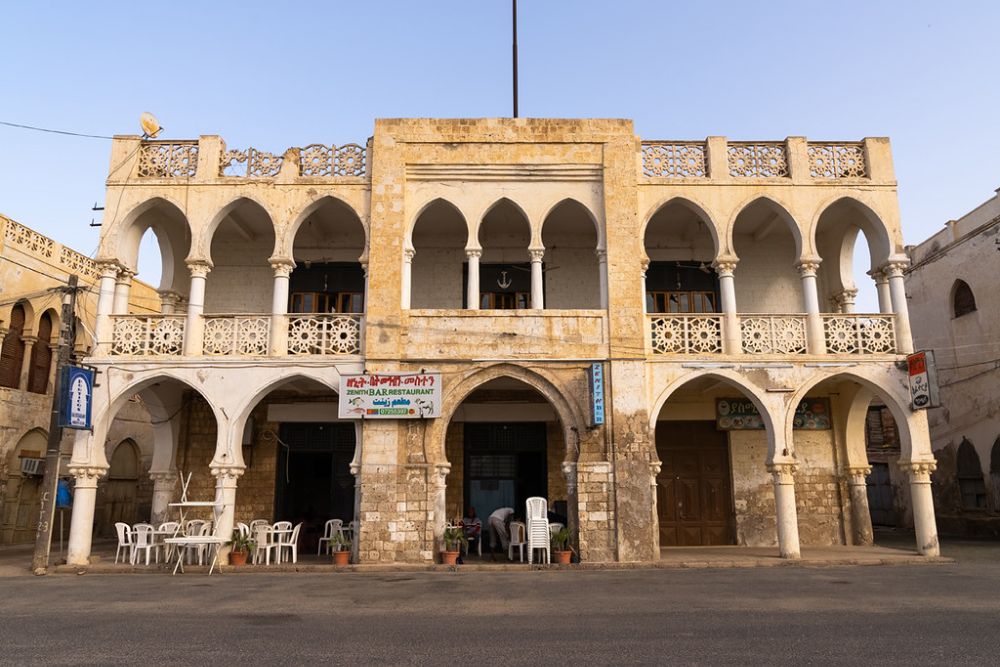
This historic town preserves some of Jordan’s finest examples of late Ottoman urban architecture, with yellow limestone buildings creating a cohesive cityscape that earned UNESCO recognition. The town’s position on ancient trade routes created wealth that funded elaborate private homes, mosques, and public buildings showcasing sophisticated architectural traditions.
Local craftsmen still practice traditional building techniques, while the town’s museums display artifacts from various periods of occupation.
Eastern Desert Castles
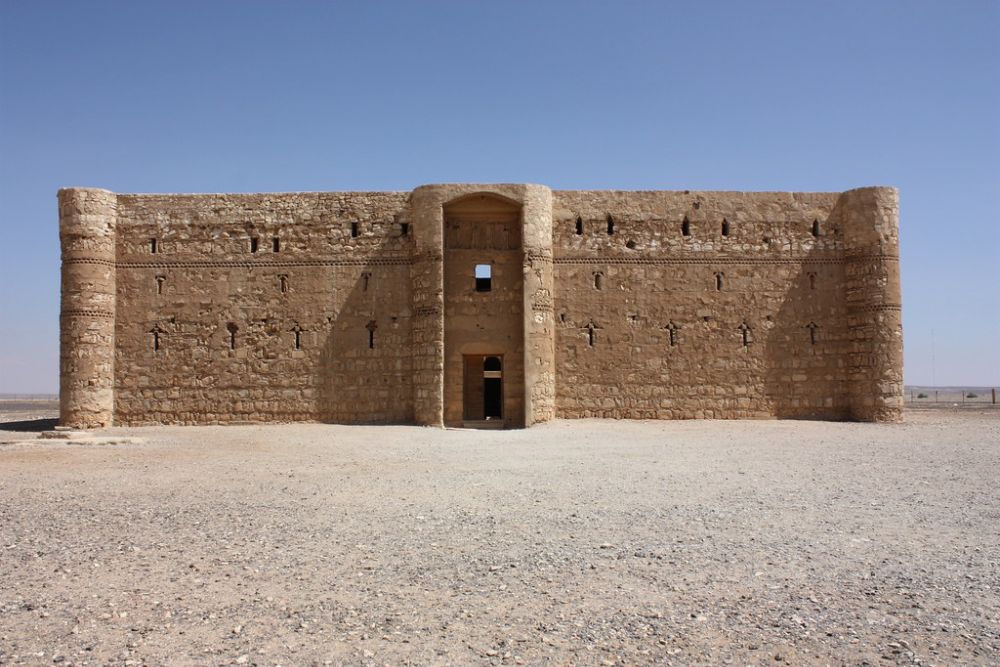
A series of early Islamic hunting lodges and caravanserai scattered throughout Jordan’s eastern desert showcase Umayyad architecture and engineering adapted to harsh desert conditions. These castles demonstrate sophisticated water management systems, astronomical observations built into their architecture, and decorative programs that blend Byzantine, Persian, and Arab artistic traditions.
The remote locations provide opportunities to experience Jordan’s vast desert landscapes while exploring significant historical sites.
Jordan River Baptism Site

Bethany Beyond the Jordan, where John the Baptist allegedly baptized Christ, has been excavated to reveal churches, baptismal pools, and pilgrimage infrastructure spanning nearly 2,000 years of Christian history. The site’s location in a military zone preserved the archaeological remains from modern development, while recent peace agreements have made the area accessible to visitors for the first time in decades.
The Jordan River’s reduced flow due to upstream diversions creates a more intimate setting than many visitors expect.
Like Travel Pug’s content? Follow us on MSN.
Mount Nebo’s Sacred Views
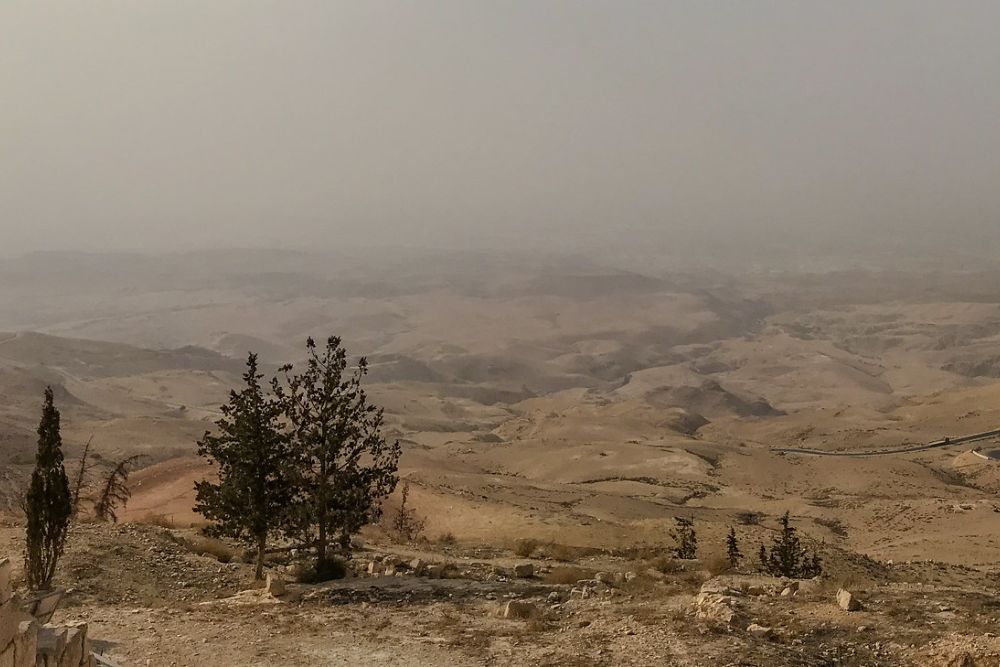
This biblical mountain, where Moses allegedly viewed the Promised Land before his death, offers panoramic views across the Jordan Valley to Jerusalem and Bethlehem on clear days. The mountaintop’s 6th-century Byzantine church contains some of the region’s finest mosaic floors, including depictions of local wildlife and hunting scenes created by master craftsmen.
The site’s religious significance attracts pilgrimage groups, while its elevated position provides spectacular sunset views over the Dead Sea and Judean Hills.
Madaba’s Mosaic Masterpieces

Known as the City of Mosaics, this ancient town contains the world’s oldest surviving map of the Holy Land, created in the 6th century using over two million pieces of colored stone. The famous map covers the floor of St. George’s Church, while dozens of other Byzantine and Umayyad mosaics throughout the town demonstrate artistic techniques that reached their peak during Christianity’s early centuries.
Local workshops still practice traditional mosaic-making techniques, allowing visitors to learn this ancient art form.
Beyond the Rose-Red City
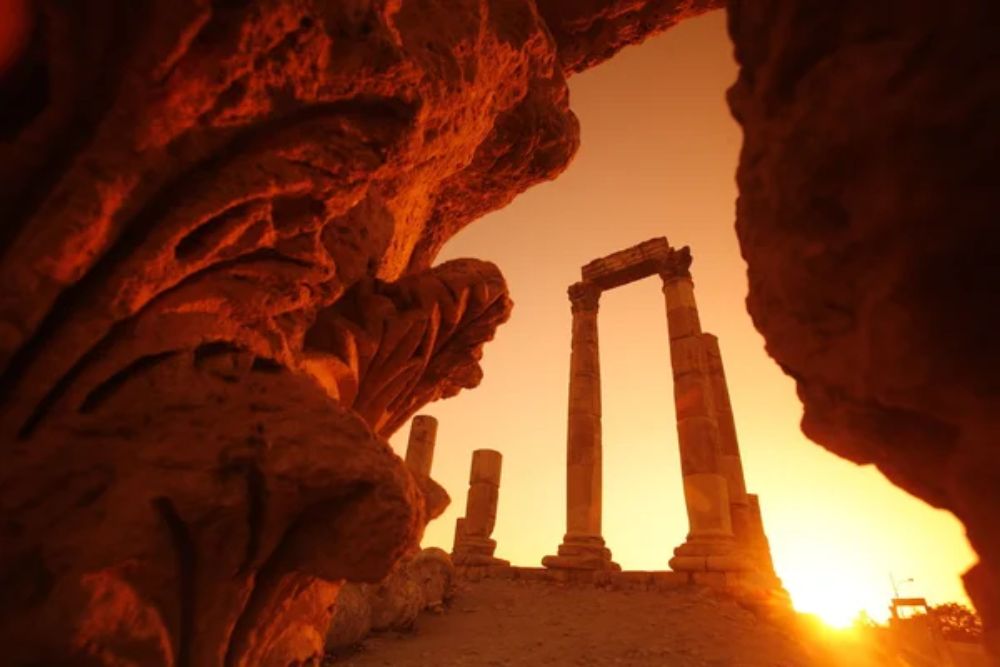
These diverse experiences demonstrate that Jordan’s attractions extend far beyond its most famous archaeological site, offering travelers opportunities to engage with living culture alongside ancient wonders. While Petra will always represent Jordan’s most iconic achievement, these alternative destinations provide context and depth that transform a typical sightseeing trip into genuine cultural exploration.
The kingdom’s commitment to conservation and heritage preservation ensures that future visitors will continue discovering new layers of this remarkable crossroads civilization.
More from Travel Pug

- 20 Best Beach Towns in the Carolinas
- 13 Destinations Where Tourists Regularly Regret Their Trip
- 20 Things You Actually Get in First Class
- 20 Small Airports With Aviation Museums
- 20 Places in the U.S. That Are Perfect for a Reset Trip
Like Travel Pug’s content? Follow us on MSN.
